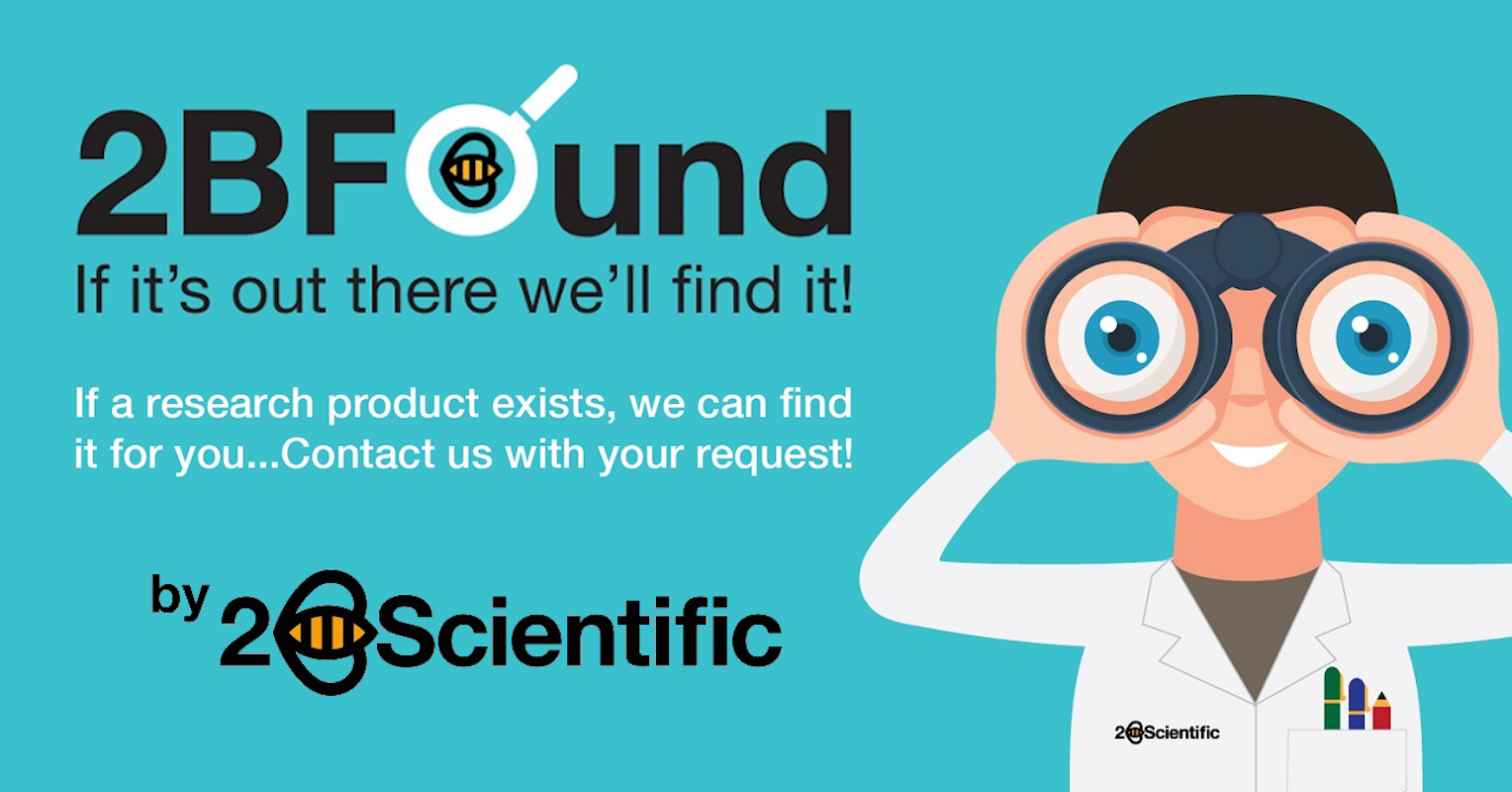The Role of Next Generation Sequencing in Cell and Gene Therapy
Next-generation sequencing (NGS) is a high-throughput technology that allows researchers to rapidly and accurately sequence entire genomes, exomes, or transcriptomes. In the context of cell and gene therapy (C+GT), NGS serves as an essential tool for understanding genetic variations, optimising therapies, and ensuring safety.
NGS refers to sequencing technologies that have developed genomic research by enabling massively parallel sequencing. Unlike traditional methods such as Sanger sequencing, which can only sequence one DNA fragment at a time, NGS can process millions of fragments simultaneously, making it a much faster and cost-effective method for researchers.
DNA Extraction: Cells are lysed to release DNA, which is purified to remove proteins, RNA, and other contaminants, yielding high-quality genetic material for sequencing. Proper extraction ensures that the DNA is intact and suitable for downstream applications.
Library Preparation: The purified DNA is fragmented into smaller pieces, and adapters are attached to the ends to help the sequencing machine recognise and process the fragments. The library is then amplified to ensure there is enough DNA for accurate sequencing.
Sequencing: The prepared DNA fragments are loaded into a sequencing platform, where the machine reads the order of nucleotides in each fragment, producing short sequences of DNA called "reads." These reads represent segments of the genome and are the foundation for constructing the full sequence.
Analysis: The raw sequence data is aligned to a reference genome to determine where each fragment originated, creating a map of the DNA. Detected variants, such as mutations or structural changes, are stored in a VCF file for further research and interpretation.


Next-generation sequencing (NGS) plays a crucial role in identifying disease-causing genetic mutations, making it essential for the development of gene therapies. For example, NGS can pinpoint the exact mutations responsible for inherited disorders or cancer, allowing researchers to target specific genes for editing using technologies like CRISPR-Cas9. After gene editing, NGS is also used to confirm whether the desired genetic changes have been accurately made. By comparing pre- and post-editing genomic data, researchers can ensure that the planned gene has been correctly modified without causing off-target effects, which are unwanted changes in other parts of the genome.
In cell-based therapies like CAR-T therapy, NGS contributes to the molecular characterisation of therapeutic cells. Researchers can sequence the genomes or transcriptomes of these cells to evaluate their functionality and identify specific markers that may correlate with treatment efficacy. Furthermore, NGS helps monitor genetic changes in patients over time, which is especially valuable in assessing the efficacy and safety of gene or cell therapy. For instance, it can detect emerging mutations or structural variations that might signal therapy failure, relapse, or long-term safety risks such as cancer development.
Whether you're advancing next-generation sequencing (NGS) research or improving gene editing techniques, 2BScientific offers tailored products to enhance your research and aid a range of workflows. We provide a wide range of high-quality reagents, including specialised kits and tools designed to optimise NGS systems and analysis.
